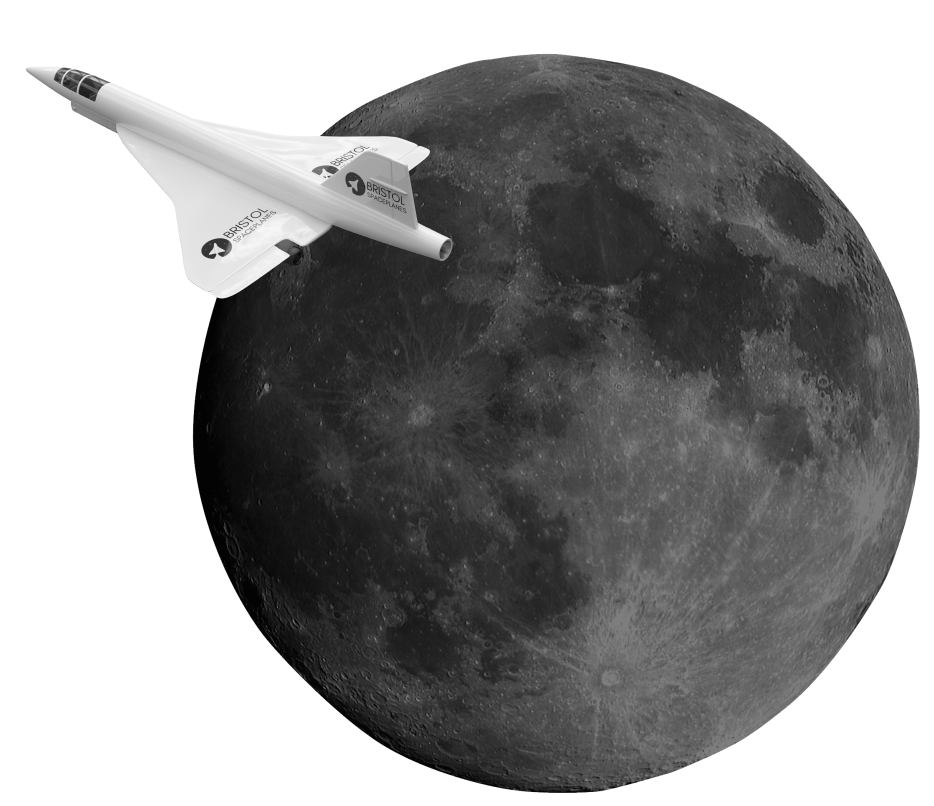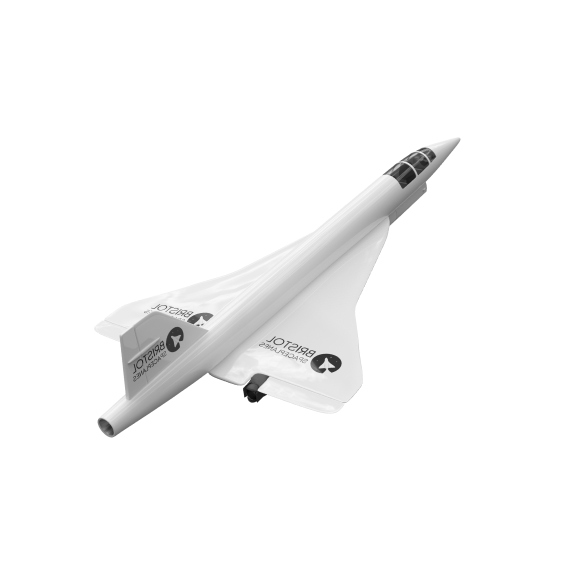The New Space Race
The new space race is well under way. The winner will be the first to build a transportation system able to provide routine and affordable spaceflight. This would release pent-up demand and enable the rapid development of a new space age, with millions of people per year going to space as tourists, a vast expansion of space science and exploration, wide environmental benefits, and access to the unlimited resources of space, which many consider to be essential for the future flourishing of humankind. It would bring us nearer to finding out whether we are the only advanced life in the universe.
The present leaders in terms of vehicle development are Jeff Bezos’ Blue Origin, Richard Branson’s Virgin Galactic, and Elon Musk’s SpaceX. Their reusable launchers are intended to reduce costs by replacing today’s throwaway ones, which are based on ballistic missile technology.
Bristol Spaceplanes (BSP) is a small company with big ideas and has worked up a market-leading vehicle development strategy that will enable us to overtake the competition. The basic idea is to build aeroplanes that can fly to space (spaceplanes).
BSP was founded in 1991 and has had grants from four government agencies. Our designs have been well scrutinised as a result of feedback from these studies, from three books, from about a dozen peer-reviewed papers in professional journals, and from numerous lectures and presentations.





